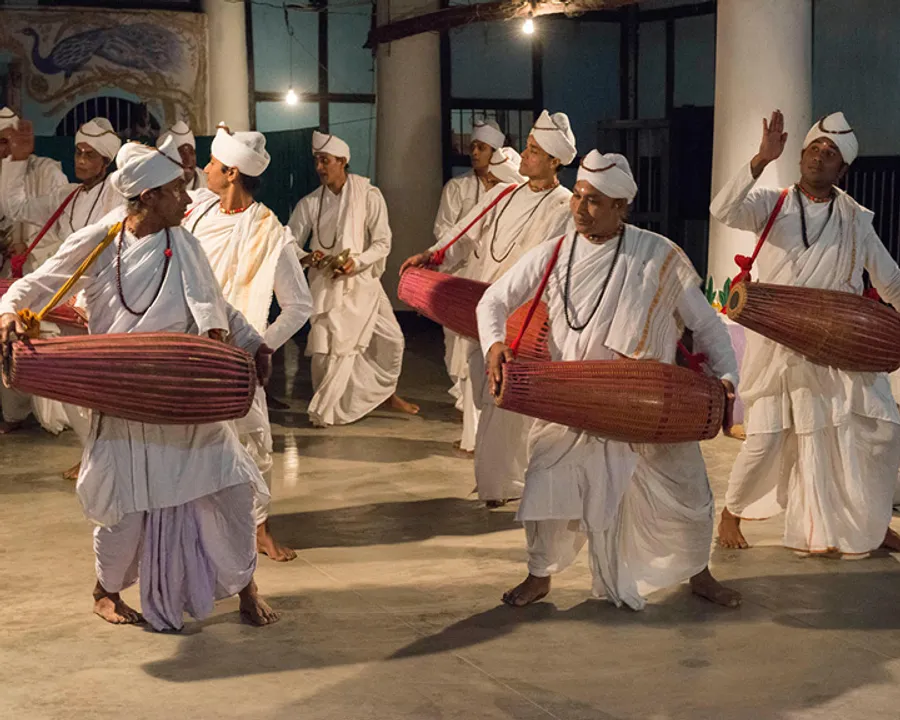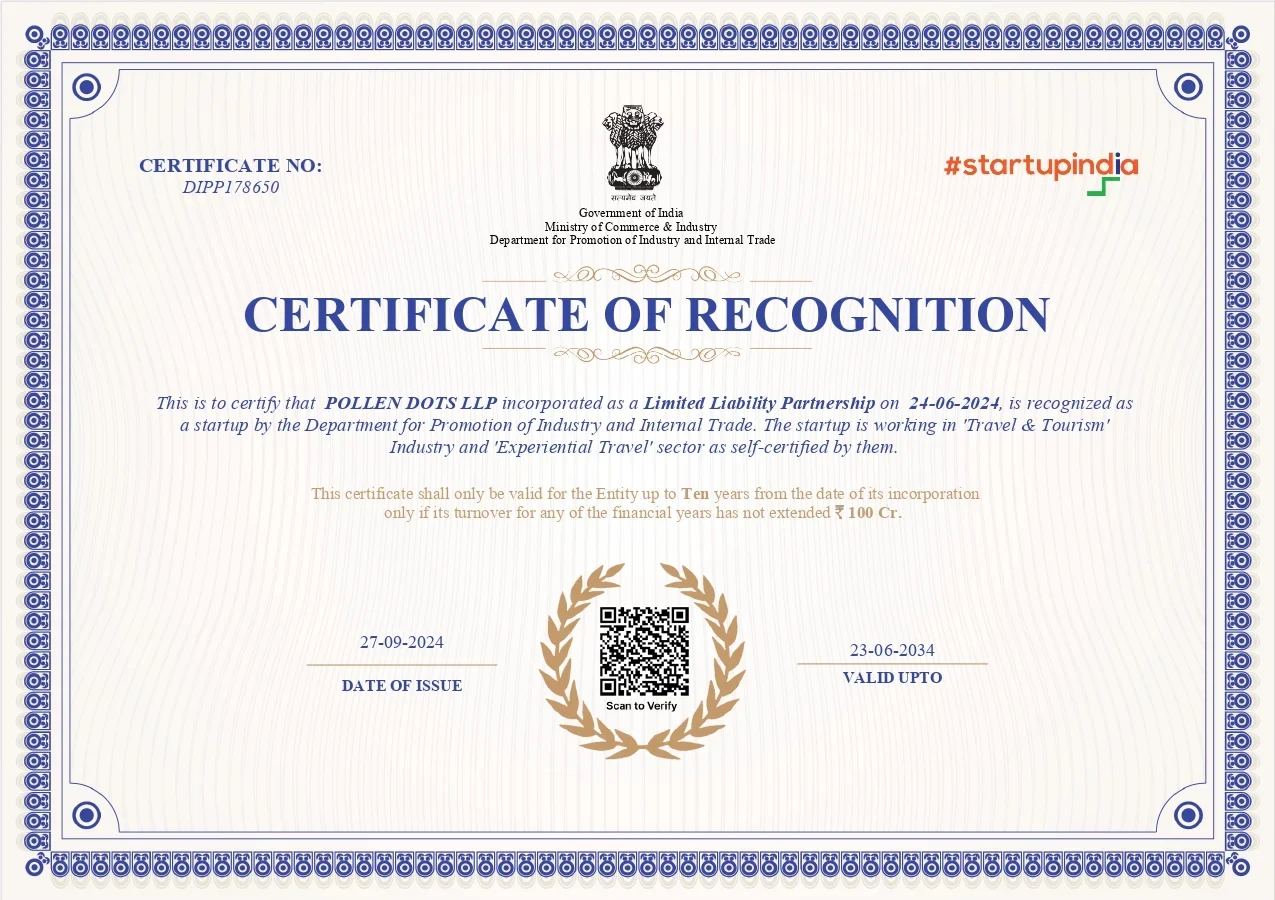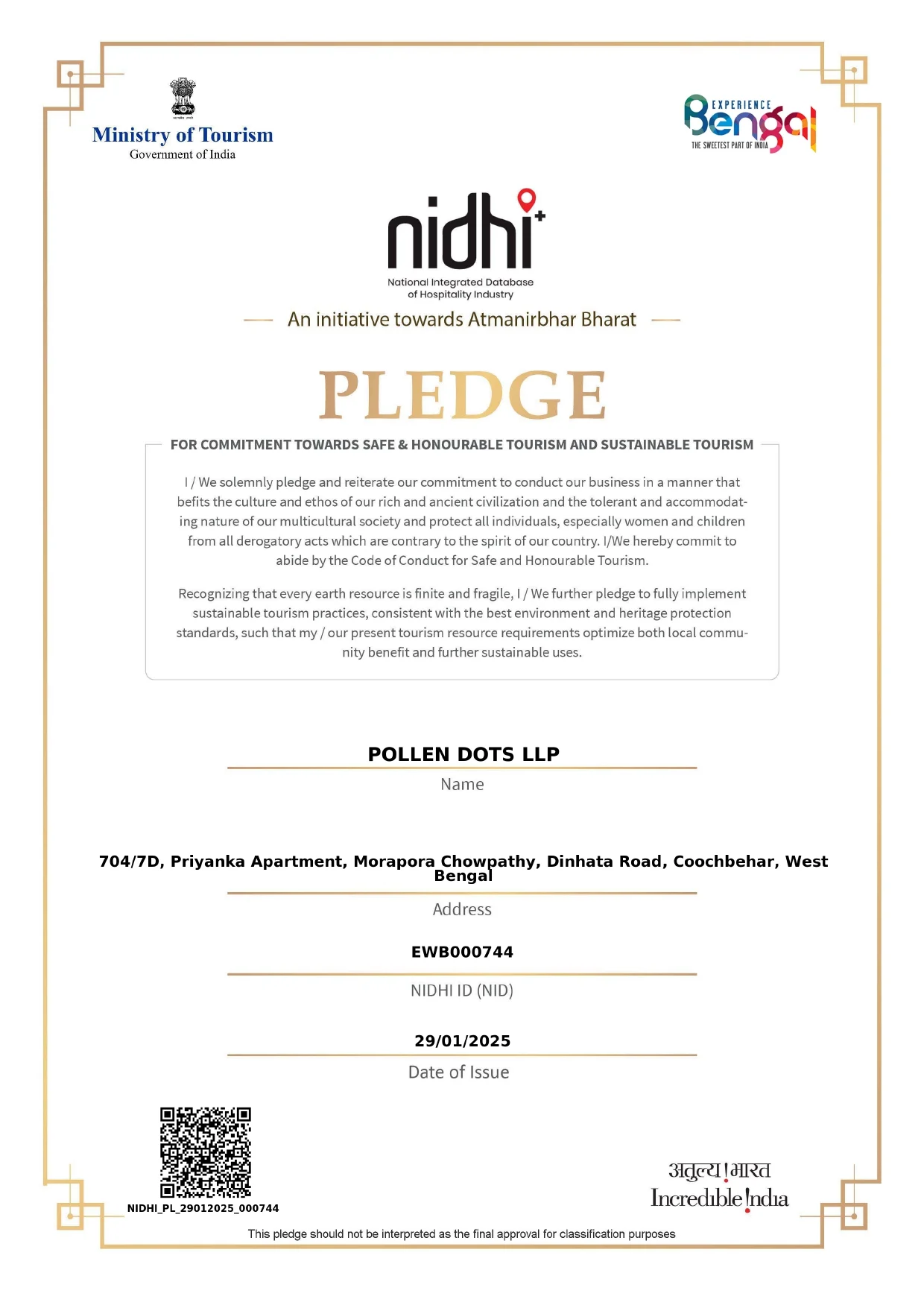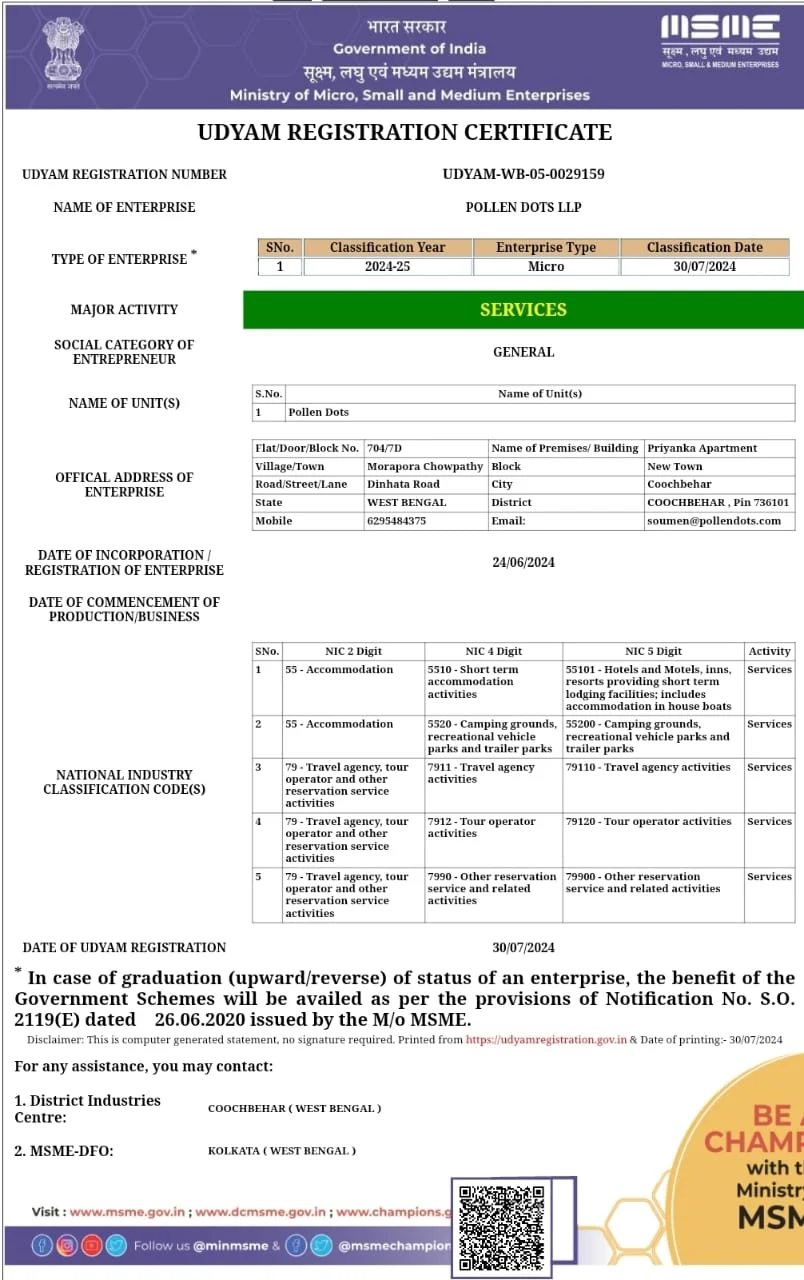Majuli doesn’t try to dazzle. It draws you in quietly — with its river-wrapped calm, its rituals that are not performances but parts of everyday life, and its people who carry centuries of knowledge without spectacle. Located in the heart of the Brahmaputra, Majuli is the world’s largest inhabited river island and one of Assam’s most meaningful cultural landscapes.
A River Island That Breathes Slowly
Reaching Majuli itself sets the tone. The ferry from Nimati Ghat takes you across the vast Brahmaputra where the sky touches water and the line between river and land fades. You won’t hear honks or engines on the island. Instead, you’ll notice the wind in the paddy fields, the hum of weaving looms, and the quiet footfall of monks walking barefoot to the Sattra.
There’s no rush here — because time doesn’t sprint in Majuli. It lingers.”
The Heartland of Satra Culture
Majuli is the birthplace of the Neo-Vaishnavite movement started by 15th-century reformer Srimanta Sankardev. His teachings live on in the Satras — monastic institutions that are spiritual, cultural, and artistic centres. These aren’t tourist attractions but functioning communities where tradition is practised as daily life.
Visit Auniati, Kamalabari, or Dakhinpat Satra and you might find monks preparing for Ankiya Naat (traditional one-act plays), making Xatriya masks out of bamboo and clay, or teaching Satriya Nritya — Assam’s classical dance form. Boys as young as six learn these sacred arts not for stage lights, but as expressions of devotion and heritage.
Pottery Without Potter’s Wheel
In Salmora, on the southern edge of the island, women still make pottery using only their hands — no potter’s wheel. The knowledge passes from mother to daughter. Pots are shaped from local clay, dried in the sun, and fired with rice husk.
One woman explained, “The clay knows the rhythm. We don’t measure. We remember.” These pots are still sent downriver to the towns and villages of Assam, just as they have been for generations.



A Day Moves Like a Story
Wake up in a bamboo cottage in Garamur. Have rice, boiled vegetables, and black tea with jaggery. Walk past the mustard fields to a sattra courtyard where the monks are sweeping the ground in silence. A child sells roasted peanuts at the riverbank. By dusk, the local fisherman returns with his net, and the homestay owner reads from an old text under a solar lamp.
Nothing asks for your attention, yet everything holds it.”
Craft That Carries Legacy
Chamaguri village is a living gallery of Majuli’s renowned mask-making tradition. Artisans here use layered bamboo, cloth, and clay to create expressive faces used in religious dramas and cultural festivals. These masks are not souvenirs — they are sacred objects, representing mythological figures and moral themes.
What’s unique is that children grow up in this tradition. Each home is part studio, part classroom. You don’t learn just how to paint a face, you learn what the face means.

Know Before You Go
- Getting There: Take a ferry from Nimati Ghat (20 km from Jorhat). Ferry timings depend on the season and water levels.
- Stay: Homestays in Garamur and Kamalabari offer local hospitality. Choose bamboo cottages over concrete hotels for a real sense of the island.
- Best Time: October to March, especially during Raas Mahotsav, when the island celebrates Krishna with elaborate plays and rituals.
- How to Explore: Rent a cycle or walk — distances are short, and you’ll discover more between the places than at them.
Some journeys teach you something new. Majuli reminds you of what you already knew but had forgotten.”
















